How to Design an App in Android Studio: A Complete Guide
**Android Studio** is the official integrated development environment (IDE) for Google’s Android operating system. It is a powerful tool that provides developers with a comprehensive set of features and tools to create, debug, and test their Android applications. Whether you are a beginner or an experienced developer, understanding the ins and outs of Android Studio is crucial for efficient app development.
In this guide, we’ll walk you through how to design an app in Android Studio. We’ll cover everything from setting up your development environment to creating a polished user interface. By the end of this guide, you will have the knowledge and skills needed to bring your app ideas to life.
Android Studio offers a wide range of features, including:
- **Code Editor**: An intelligent code editor that provides code completion, refactoring, and real-time error detection.
- **Emulator**: A built-in emulator that allows you to test your app on various devices and configurations.
- **Layout Editor**: A visual layout editor that enables you to design your app’s UI using a drag-and-drop interface.
- **Build Tools**: Powerful build tools that automate the process of compiling and packaging your app.
If you’re ready to start your journey into Android app development, Android Studio is the perfect place to begin. Dive in and explore the endless possibilities of creating dynamic and user-friendly applications.
Get a free quote to bring your app ideas to life with our expert development team!
Setting Up Your Development Environment
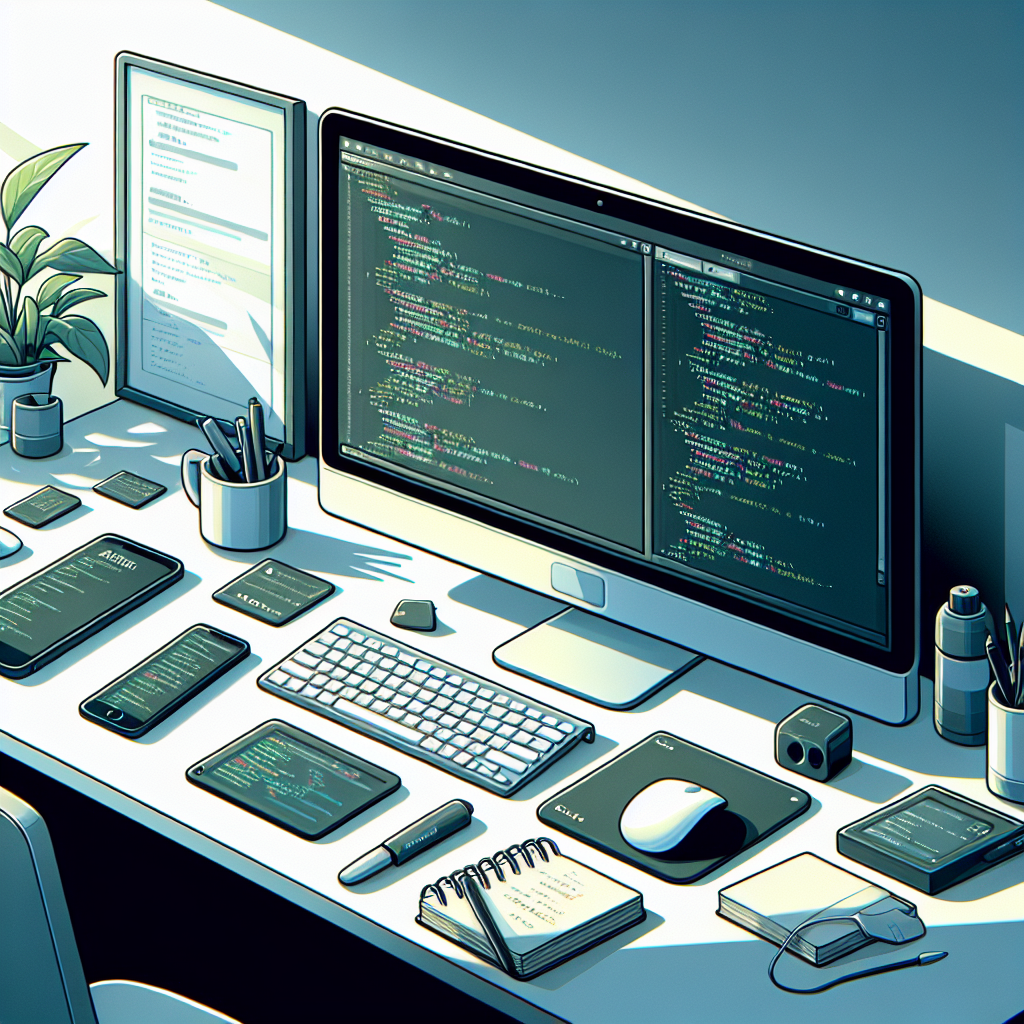
Before you start designing your app in Android Studio, it’s essential to set up your development environment correctly. This ensures that you have all the necessary tools and configurations to develop efficiently. Follow these steps to get started:
- Download and Install Android Studio: Visit the official Android Studio website and download the latest version of the IDE. The installation process is straightforward, with guided steps to help you through the setup.
- Install the Android SDK: During the installation, Android Studio will prompt you to install the Android Software Development Kit (SDK). The SDK includes essential tools for developing Android apps, such as the emulator, platform tools, and build tools.
- Configure the IDE: Once the installation is complete, launch Android Studio. The first time you open it, you will need to configure the IDE settings. This includes setting up the SDK path, selecting the desired version of Java Development Kit (JDK), and configuring any additional plugins you might need.
- Create a New Project: To make sure everything is set up correctly, create a new project in Android Studio. Select ‘Start a new Android Studio project’ and follow the wizard to configure the project settings, such as the application name, package name, and target Android devices.
- Run the Emulator: To test your setup, run the Android emulator. You can do this by selecting ‘AVD Manager’ from the toolbar and creating a new virtual device. Launch the emulator and ensure it runs without issues.
By following these steps, you’ll have a well-configured development environment, setting a solid foundation for your app development journey. Proper setup is crucial to avoid any technical hiccups down the road, allowing you to focus on creating an exceptional app.
Understanding Android Studio Layout Editor
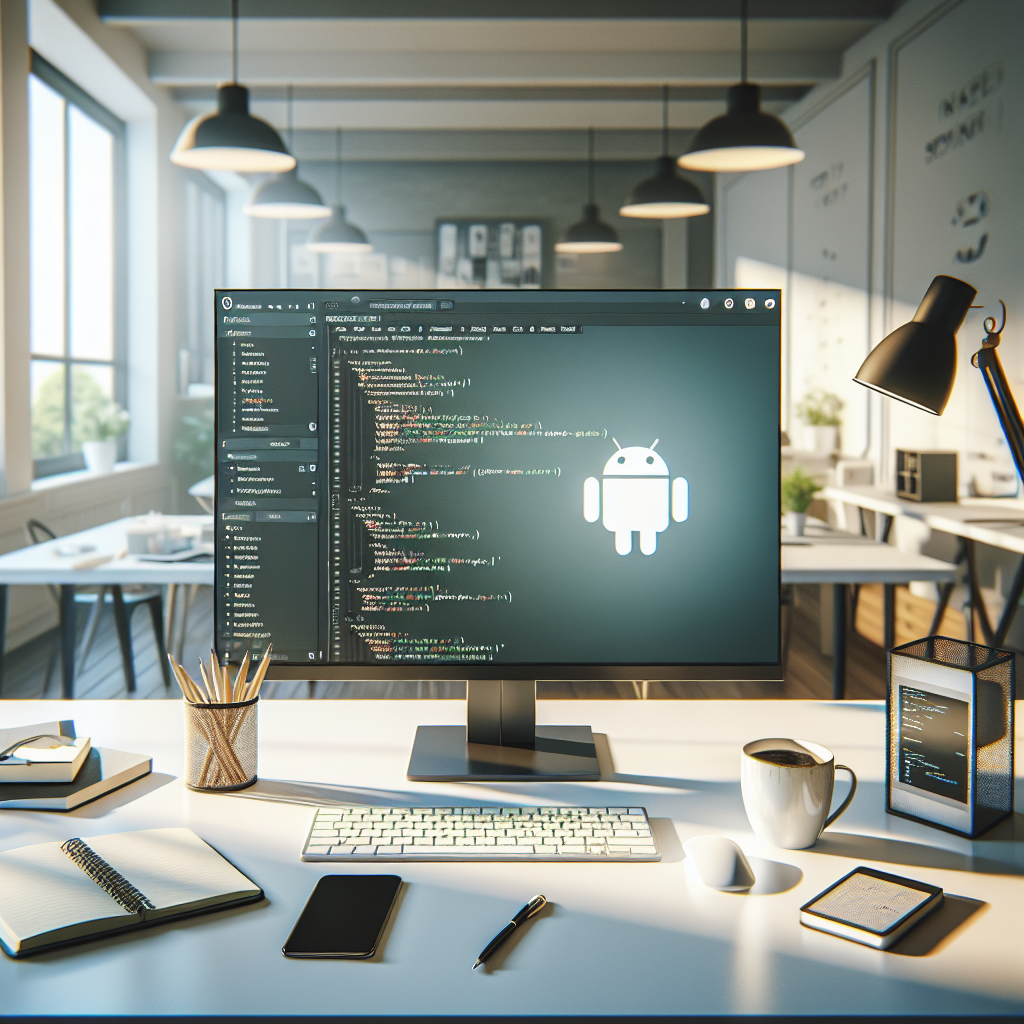
The Android Studio Layout Editor is a powerful tool that simplifies the process of designing user interfaces for Android apps. It provides a visual representation of your app’s UI, allowing you to drag and drop UI components, arrange them, and see how they will look on a device. Here’s a deeper dive into its features and how to use them effectively:
1. Design and Blueprint Modes: The Layout Editor offers two main viewing modes: Design and Blueprint. Design mode shows a rendered preview of your layout, making it easier to visualize the final product. Blueprint mode, on the other hand, displays a wireframe version of your layout, which can be useful for fine-tuning the arrangement of UI elements.
2. Palette: The Palette is a sidebar that contains a variety of UI components, such as Buttons, TextViews, and Layouts. You can simply drag these components onto the design surface to add them to your layout.
3. Component Tree: The Component Tree provides a hierarchical view of all the UI elements in your layout. This is especially useful for navigating complex layouts and selecting specific components quickly.
4. Attributes Panel: When you select a UI component in the Layout Editor, the Attributes panel on the right-hand side displays all the properties you can modify. This includes things like layout width, height, margins, and other styling attributes.
5. Constraint Layout: One of the most powerful features of the Layout Editor is its support for Constraint Layout. This layout manager allows you to define complex layouts with relative positioning, making it easier to create responsive designs that look good on different screen sizes.
6. Preview and Device Configuration: The Layout Editor also includes a Preview window that lets you see how your layout will look on different devices and screen orientations. You can switch between various device configurations to ensure your design is adaptive and responsive.
Understanding and mastering the Android Studio Layout Editor can significantly speed up your app design process and help you create more polished, user-friendly interfaces. Take the time to explore its features and integrate them into your workflow for optimal results.
Designing User Interface Elements
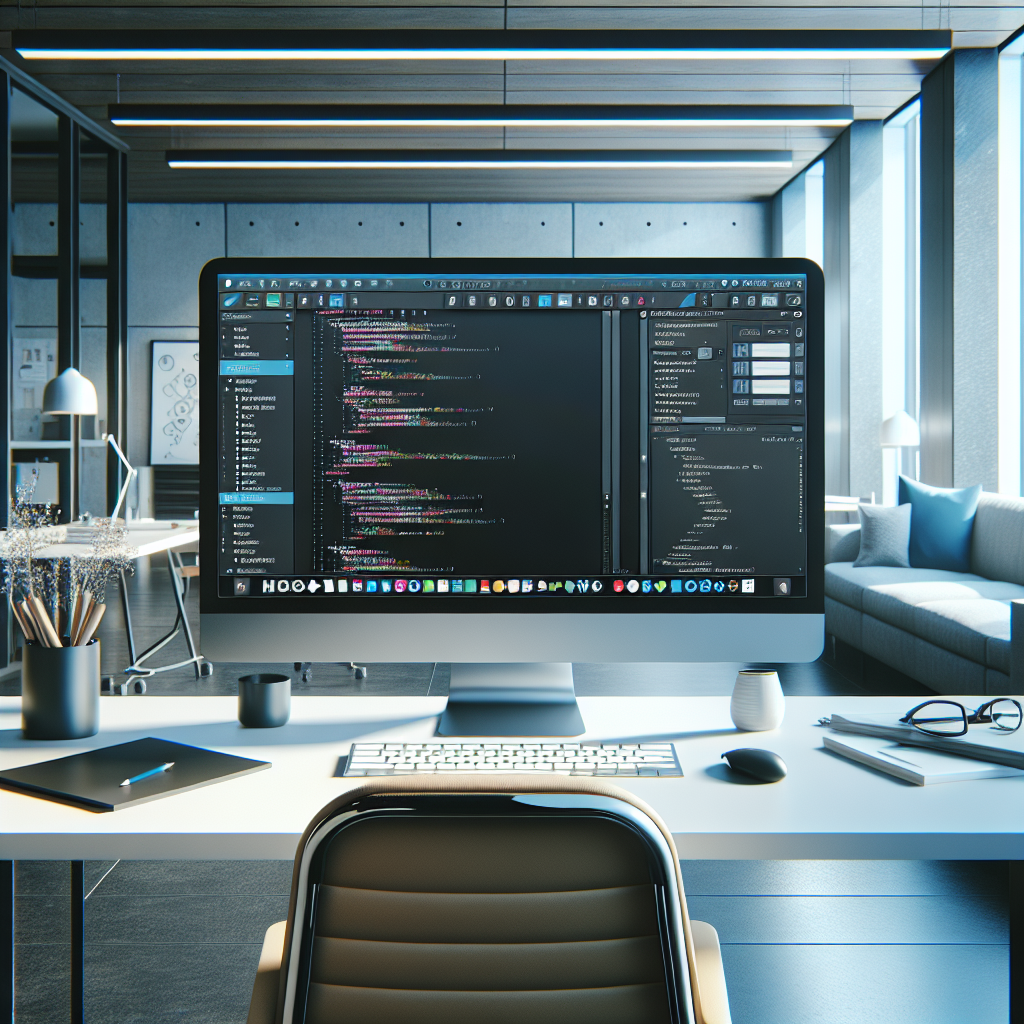
Designing user interface (UI) elements is a critical aspect of creating an engaging and intuitive Android app. The UI elements form the backbone of user interaction, making it essential to design them thoughtfully. Here’s how to effectively design some key UI components in Android Studio:
1. Buttons: Buttons are one of the most common UI elements. When designing buttons, consider their size, shape, and color to ensure they are easily tappable and visually appealing. Use the Button component from the Palette, and customize its attributes such as text, background, and padding in the Attributes panel.
2. TextViews: TextViews are used to display text to the user. They should be legible and appropriately sized. Adjust the font size, color, and style through the Attributes panel to match the app’s overall design.
3. EditTexts: EditText elements allow users to input text. Ensure that the input fields are clearly visible and provide adequate spacing. Customize properties such as hint text, input type, and text color to enhance usability.
4. ImageViews: ImageViews are used to display images. Make sure the images are high quality and properly scaled. Use attributes like scale type to control how images fit within their bounds and maintain the visual integrity of your design.
5. Layouts: Layouts are containers that hold other UI elements. The most commonly used layouts include LinearLayout, RelativeLayout, and ConstraintLayout. Choose the appropriate layout type based on the complexity and requirements of your UI design. ConstraintLayout, for instance, offers flexibility with relative positioning, making it ideal for complex layouts.
6. Spinners and Checkboxes: These interactive elements enhance user engagement by allowing selections and options. Ensure that they are easily accessible and clearly labeled. Customize their appearance to align with the overall design language of your app.
By paying attention to these details and leveraging the tools available in Android Studio, you can create visually appealing and user-friendly UI elements that enhance the overall user experience. Experiment with different designs and solicit feedback to refine and improve your UI components continuously.
Using Android Studio Design Tools
Android Studio offers a suite of powerful design tools that make crafting an app’s user interface both efficient and intuitive. Leveraging these tools can significantly streamline the design process and ensure a polished final product. Here’s how to make the most out of Android Studio’s design tools:
Layout Editor: The Layout Editor is a visual tool for building your app’s UI. It allows you to drag and drop UI components from the palette onto your layout, making it easy to design your interface. The Blueprint mode and Design mode provide different views to help you visualize the structure and appearance of your UI elements. Use the Attributes panel to tweak properties and fine-tune the look and feel of each component.
ConstraintLayout: ConstraintLayout is a versatile layout manager that enables you to create complex layouts with a flat view hierarchy. It offers flexibility through constraints, allowing you to define relationships between UI elements. The Constraint Widget makes it easy to adjust margins, align elements, and create responsive designs that adapt to different screen sizes.
Theme Editor: The Theme Editor helps you customize the overall look of your app. You can define color schemes, typography, and other style attributes that apply across your entire app. This ensures a consistent and cohesive visual identity. The Theme Editor also allows you to preview changes in real-time, giving you immediate feedback on your design choices.
Vector Asset Studio: Vector graphics are essential for creating scalable and high-quality images. The Vector Asset Studio in Android Studio enables you to import and create vector graphics that look great on any screen size. You can either import SVG files or use the built-in icons to enhance your UI without compromising performance.
Navigation Editor: The Navigation Editor simplifies the creation of in-app navigation. It provides a graphical interface to design and manage your app’s navigation flow using the Navigation Component. You can define navigation paths, add transitions, and manage backstack behavior, ensuring a seamless user journey through your app.
Layout Inspector: The Layout Inspector is a debugging tool that helps you inspect and troubleshoot your app’s UI during runtime. It provides a detailed view of your layout hierarchy, attributes, and rendered UI elements. This tool is invaluable for identifying and fixing layout issues, ensuring your app looks and performs as intended.
By effectively utilizing these design tools, you can enhance your workflow, ensure design consistency, and create a more engaging and user-friendly app. Android Studio’s comprehensive toolset is designed to support every aspect of the UI design process, from initial wireframes to final implementation.
Testing and Debugging Your App Design
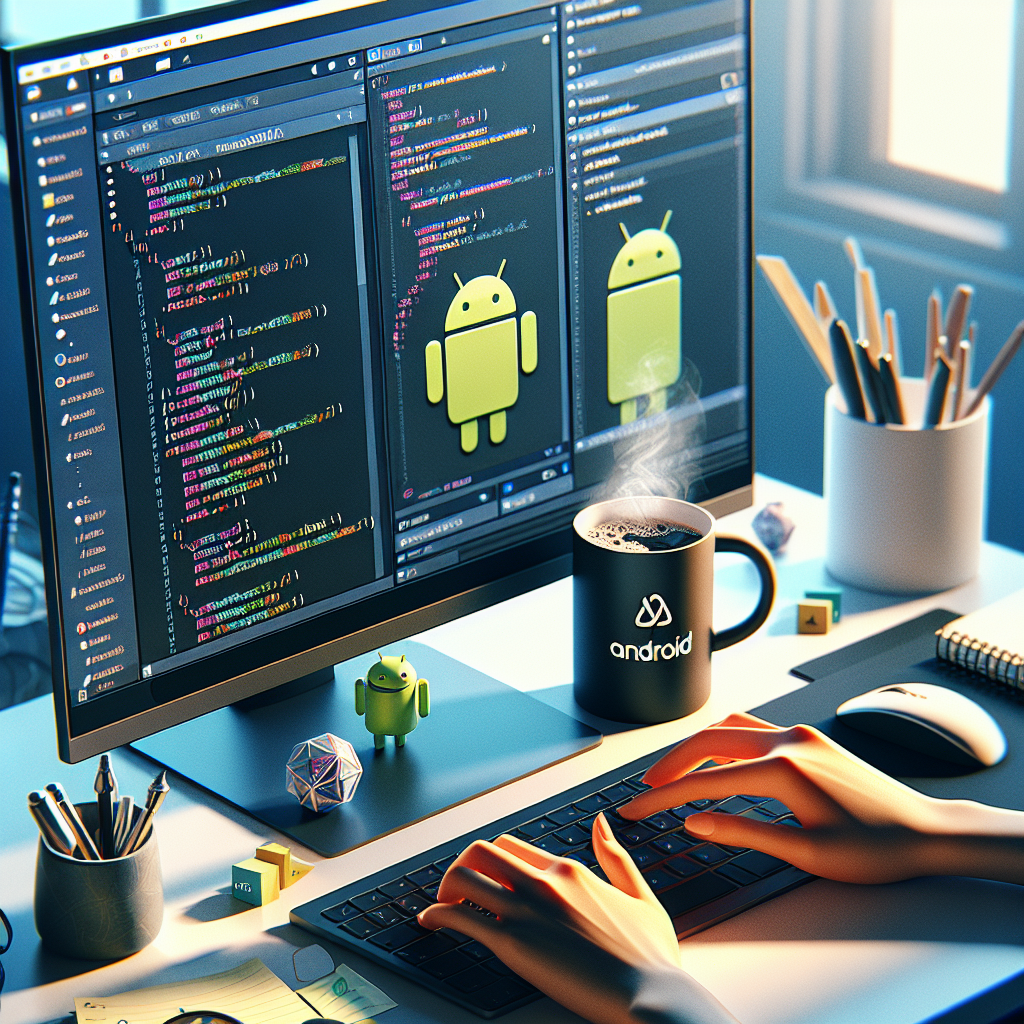
Ensuring the robustness and user-friendliness of your app design requires rigorous testing and debugging. In Android Studio, there are several tools and best practices that can help you identify and resolve issues efficiently.
Emulator: The built-in Android Emulator allows you to simulate various devices and Android versions. This is crucial for testing how your app behaves on different screen sizes, resolutions, and configurations. You can also emulate different network conditions to see how your app performs under varying connectivity scenarios.
Layout Inspector: This tool is invaluable for inspecting the UI of your running app. It provides a real-time view of your layout hierarchy and properties, enabling you to detect and fix UI issues. You can check the alignment, visibility, and properties of each UI element to ensure they match your design specifications.
Logcat: Logcat is a powerful debugging tool that shows system messages and logs generated by your app. It helps you track down runtime issues and understand the sequence of events leading to a problem. Filtering logs by tags, severity, or specific messages can make it easier to pinpoint the source of an issue.
Automated Testing: Implementing automated tests can save a lot of time and effort. Android Studio supports unit testing, integration testing, and UI testing. Tools like Espresso for UI testing and JUnit for unit tests allow you to automate repetitive tasks and ensure your app behaves as expected across different scenarios.
Profiler: The Android Profiler provides real-time data on your app’s CPU, memory, network, and energy usage. It helps you identify performance bottlenecks and optimize resource usage. By analyzing this data, you can make informed decisions to improve your app’s efficiency and responsiveness.
Crashlytics: Integrating Crashlytics into your app allows you to gather detailed crash reports. This tool provides insights into the conditions that led to a crash, helping you to quickly identify and fix the underlying issues. It also offers analytics on crash frequency and user impact, prioritizing the fixes that matter most.
By leveraging these tools and practices, you can ensure that your app design is not only aesthetically pleasing but also reliable and user-friendly. Testing and debugging are critical steps in the development process that can make the difference between a good app and a great one.
Ready to take your app design to the next level? Get a free quote from our experts at NS804 and turn your vision into a reality!

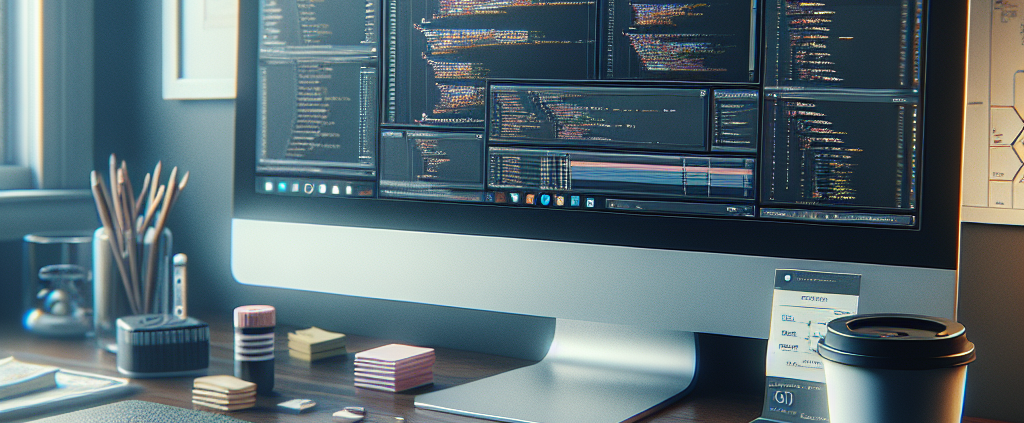



Leave a Reply
Want to join the discussion?Feel free to contribute!